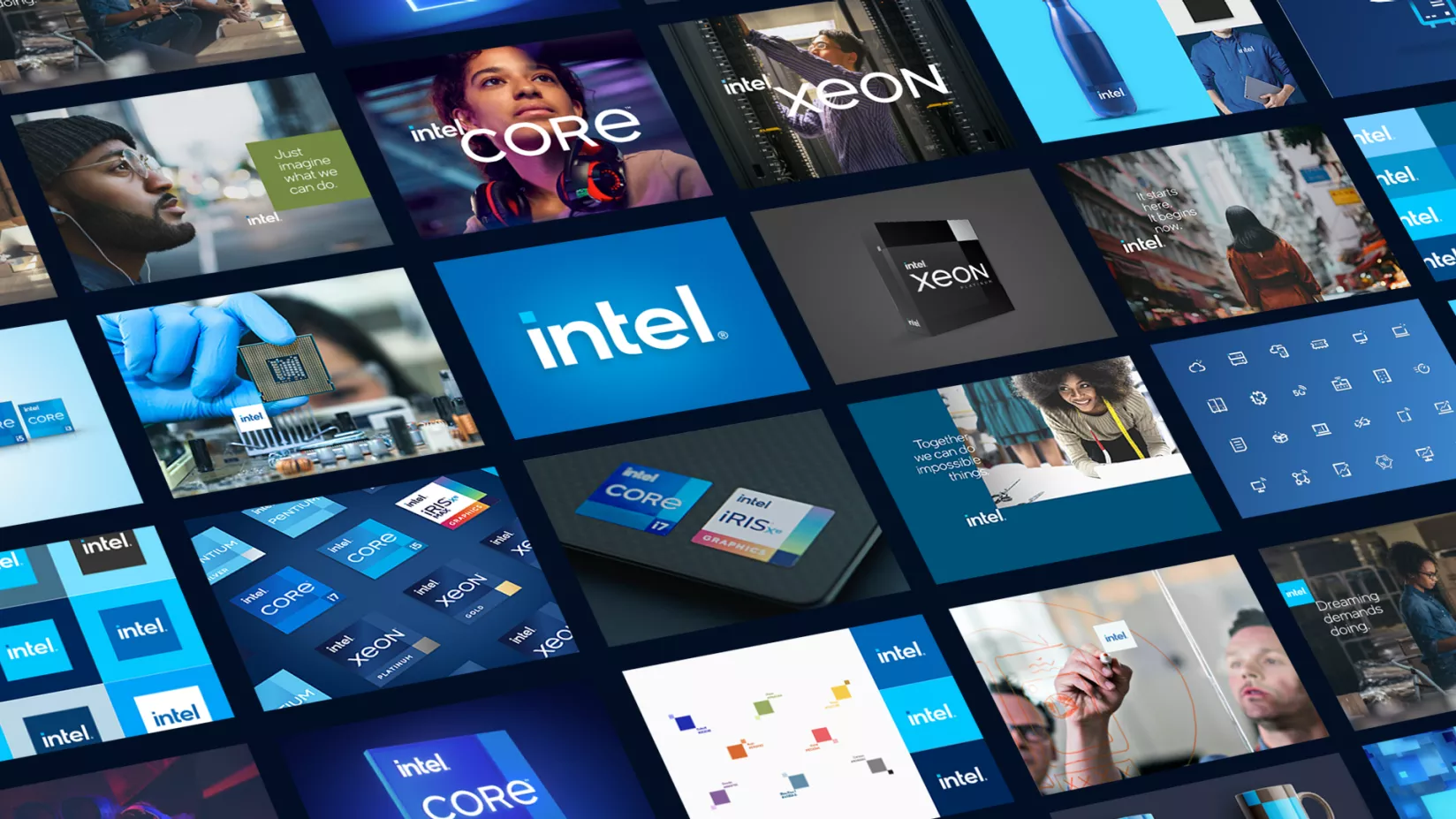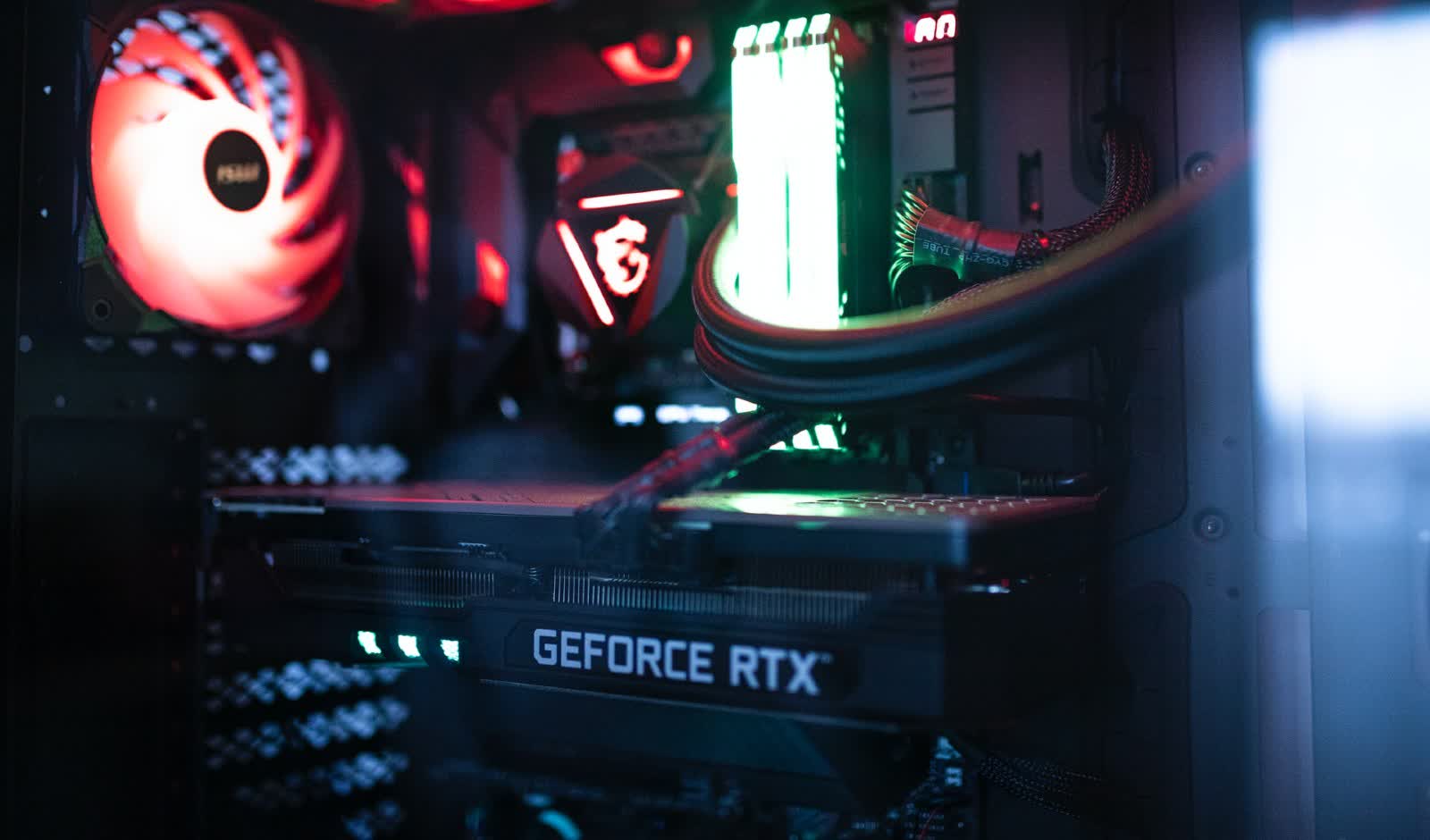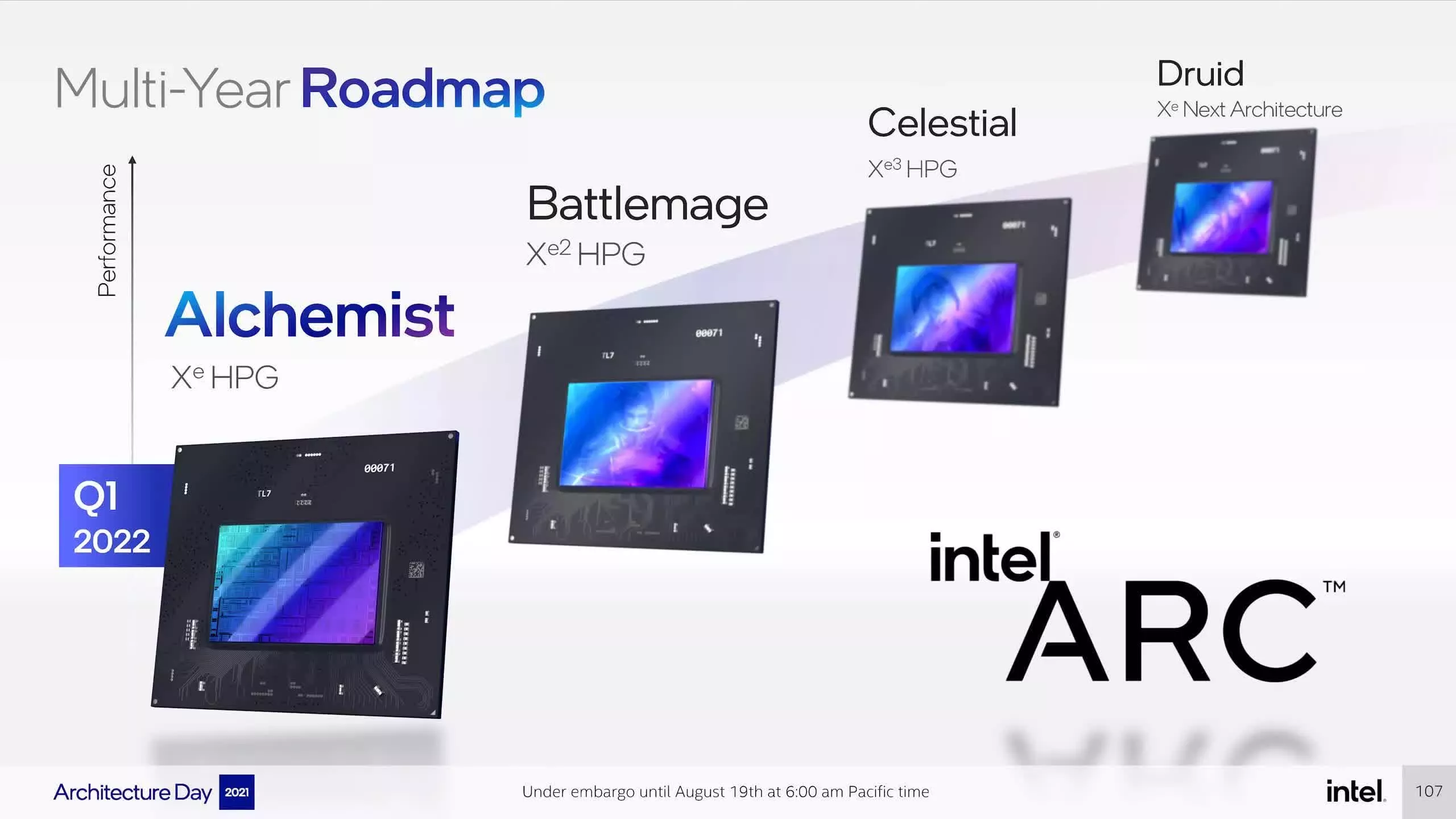The big picture: Intel has been engaged in a long-running battle with main competitor AMD in the desktop space, which has seen the market favor Team Red lately. The Ryzen series has forced Intel out of the spotlight, but as the company now gets closer to launch its Alder Lake CPUs to level the playing field and regain some market share in a business it was once-dominant in, they are also preparing to gain ground in another fiercely competitive industry.

In a recent interview with CRN that covers several topics with Intel CEO Pat Gelsinger, one subject that was emphasised on was its impending battle with Nvidia. Moving forward, one way Intel plans to differentiate itself from the GPU giant is by being "much more ecosystem-friendly" in terms of software that supports its components.
"Nvidia has become too proprietary, and that's widely seen in the industry, and so we're going to fill out that stack with oneAPI but do it in a way that's much more favorable and open to the industry and their innovations," he stated.
oneAPI is an open programming model that covers different types of architectures, which includes Intel's silicon products such as CPUs, GPUs and FPGAs.
Addressing Intel's "under-focused" graphics business, Gelsinger stressed that the company's efforts in the GPU market have to go above and beyond in terms of features, performance and power, all of which have to be delivered at compelling price points for the consumer.

Gelsinger attributed Nvidia's success largely to how its leadership has operated the company for the past decade, but also pointed out how "they got really lucky" in the artificial intelligence field.
"Nvidia had essentially a 10x or better performance leadership for a decade. If you have that, a 10x leadership for 10 years, people are going to take advantage of that. And then they got really lucky: AI happens. A 30-year overnight success, and they harvested it really well at that point. So they worked hard, they earned and then they got lucky in that respect," Gelsinger explained.
Further detailing how Intel specifically intends to provide attractive products in the GPU market, Gelsinger touched on how they're going to make it seamless to go from integrated to discrete on the Intel platform.
"So what do we have to do? Deliver great products in those segments (...) and the market's hungry for us to deliver them an alternative. We need to then deliver it with unique, differentiated value-add.
And in the GPU business, we go to the customer and we say, "Well, guess what, we just happen to be the unquestioned leader in integrated graphics. You already qualify all of our stuff all the time for every unit that you're going to ship, and we're going to make it seamless to go from integrated to discrete on the Intel platform.
And even better than that, we're going to make integrated and discrete work together. So if you have three [execution units] worth in the integrated [GPU], then you have 10 EUs worth in the discrete, we're going to give you 13 EUs worth, and you're only going to buy 10 EUs worth in the discrete GPU, and you're going to qualify one product that [works] seamlessly between those two." Well, that’s pretty differentiated. And that's just one example.
Putting weight behind his words, Intel has poached a former top GPU architect at AMD, Vineet Goel, to oversee its Xe GPU architecture that future GPU products will be based on. He will lead a team of architects and design engineers in "architecting, designing and verifying Intel's Xe IP roadmap."

Related reading: The Last Time Intel Tried to Make a Graphics Card
Intel certainly has its work cut out if it wants to make a dent in the graphics market. Nvidia has established a firm foothold in the industry, with AMD playing a strong secondary player -- not to mention its dominance among chipmakers -- and it's set to become an even bigger force to be reckoned with should their acquisition of Arm materialize.
Still, Intel is off to a good start judging by the anticipation behind their upcoming Xe-HPG graphics cards. As for its battle with AMD, Gelsinger believes the success seen by its rival in recent years won't last due to the upcoming launch of Alder Lake and Sapphire Rapids.
https://www.techspot.com/news/91786-intel-ceo-vows-challenge-nvidia-market-hungry-alternative.html